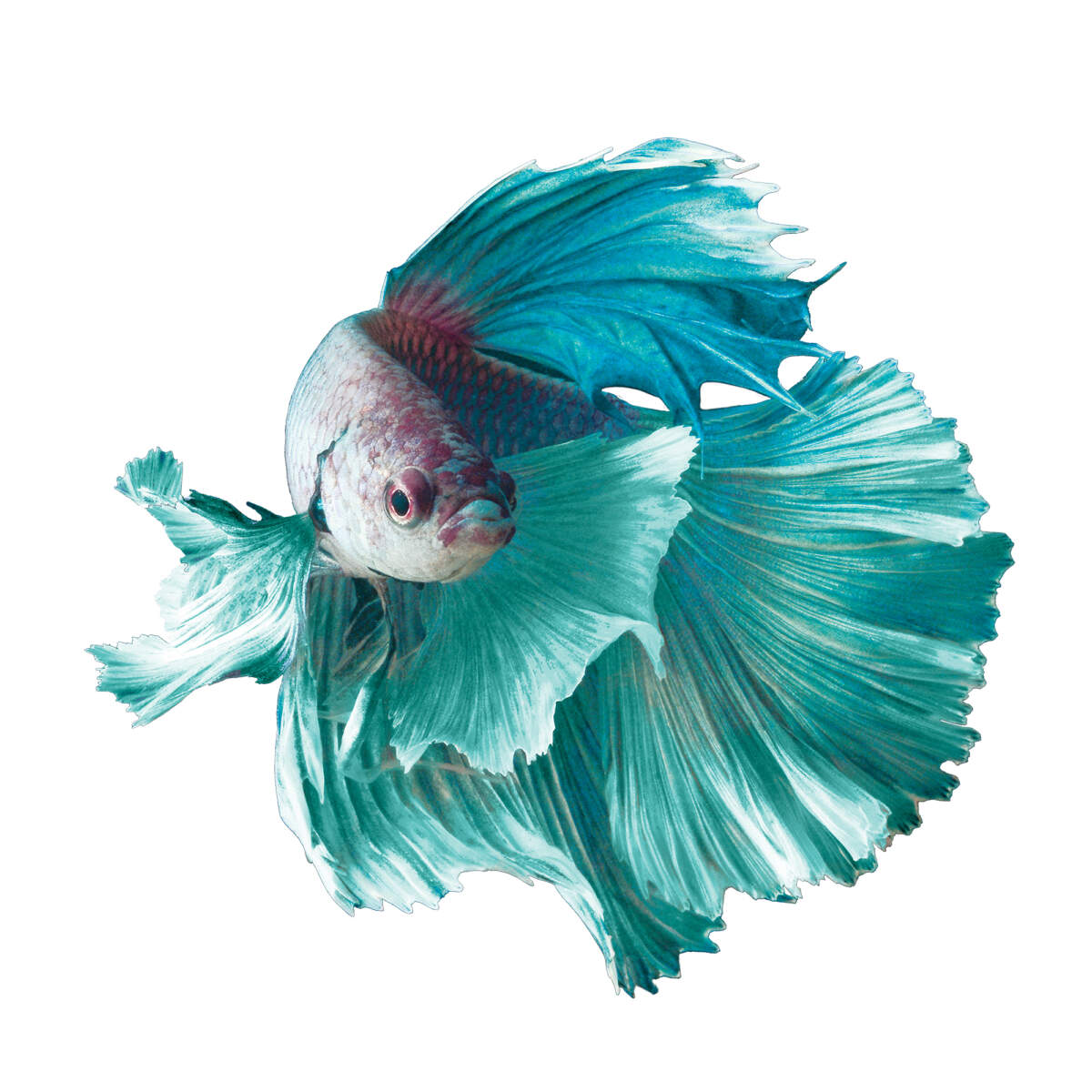How to Reproduce Betta Fish Effectively: Professional Techniques and Insights for Hobbyists Aiming To Broaden Their Betta Collection
Reproducing Betta fish needs a nuanced understanding of genes and environmental problems, making it necessary for enthusiasts to come close to the procedure with both persistance and care. Producing an ideal breeding setting, picking the ideal pairs, and observing the complexities of their courtship actions are fundamental steps that can considerably influence the result.
Recognizing Betta Fish Genetics
Recognizing the genes of Betta fish is vital for successful reproduction, as it affects attributes such as color, fin form, and habits. Betta fish display a diverse selection of colors and patterns, greatly figured out by their genetic make-up.
Along with pigmentation, fin morphology is another considerable facet of Betta genetics (betta fish). The sizes and shape of fins are affected by different genetics, including those that figure out whether the fins are short, long, or veil-shaped. Comprehending these genetic variations helps dog breeders forecast the phenotypic outcomes of their children
Additionally, behavior attributes such as aggression and territoriality can additionally be influenced by genetics. These behaviors play a vital function in the breeding procedure, as they can impact spawning success and the total character of the resulting fry. By adequately recognizing these hereditary principles, dog breeders can make educated choices, ultimately enhancing their breeding programs and achieving desirable results.
Preparing the Reproduction Atmosphere
Producing an optimal breeding setting is essential for the successful recreation of Betta fish. The first step in preparing this environment is to select an ideal reproduction storage tank, preferably ranging from 5 to 10 gallons. This size permits enough swimming space and the facility of areas. The storage tank should be outfitted with a heater to keep a secure temperature between 78 ° F and 80 ° F, which is crucial for urging generating habits.
Next, consider the usage of a sponge filter or an air rock to supply mild water circulation without producing strong currents that can worry the fish. It is necessary to mount plants or reproducing cones to provide hiding areas and advertise comfort for the woman throughout the spawning process. Floating plants, such as Java moss or water sprite, can additionally develop an extra all-natural atmosphere while promoting bubble nest structure by the male.
Prior to introducing the reproducing pairs, guarantee the water is conditioned and devoid of hazardous chemicals, such as chlorine or heavy steels. betta fish. Regular water modifications need to be carried out to keep optimum water quality, improving the possibilities of successful breeding. With these prep work in position, the breeding environment will sustain the health and wellness and health of both Betta fish
Picking Breeding Pairs
Selecting the best reproduction sets is critical for accomplishing effective Betta fish recreation. Healthy and balanced Betta fish display vibrant shades, clear eyes, and active behavior.
Personality is one more important consideration, as Betta fish are known for their aggressive nature. It is recommended to pick a man and lady that exhibit suitable personalities to lessen stress and anxiety during the breeding procedure. A calm man can urge a smoother courtship, while a female that is also aggressive may interfere with the procedure.
Hereditary background additionally plays a significant role in the high quality of the spawn. Breeding fish that are genetically varied can minimize the threat of hereditary health and wellness problems and enhance the total vitality of the fry. It is advantageous to research the lineage of both the male and female, concentrating on desirable qualities such see this page as fin kind, color scheme, and size.
The Breeding Process
The reproduction procedure of Betta fish needs mindful preparation and interest to information to make sure an effective look at this website result. Initially, it is vital to prepare an appropriate breeding container, preferably a 5-10 gallon fish tank with a temperature preserved at 78-80 ° F. The storage tank should be equipped with a heater, filter (preferably sponge kind to stay clear of strong currents), and lots of aquatic plants for the lady to conceal.
When the environment is set, present the selected reproducing pair to the storage tank, allowing them to adjust. Observe their actions; the man will display elaborate courtship rituals, consisting of flaring his fins and developing a bubble nest. If the lady shows passion, she will certainly show vertical red stripes suggesting readiness for spawning.
When the lady is receptive, the set will involve in a mating accept, throughout which the male fertilizes the eggs. Keeping ideal water conditions throughout this duration is crucial for the growth of healthy and balanced Betta fry.
Taking Care Of Betta Fry

Feeding Betta fry is vital, as they require a diet high in healthy protein. At first, they can be fed infusoria or fluid fry food, transitioning to carefully crushed top quality pellets as they expand. Feed little parts several times a day to urge healthy and balanced growth without straining the container with great post to read uneaten food.

As they mature, check their development carefully and divide any kind of hostile individuals to prevent injury. By supplying a supporting setting and appropriate nutrition, hobbyists can effectively raise Betta fry right into lively, healthy and balanced fish, ultimately boosting their reproduction endeavors.
Conclusion
Effective Betta fish breeding calls for careful attention to genetic option, ecological conditions, and look after the fry. By recognizing the genetics of Betta fish and preparing a proper reproduction atmosphere, enthusiasts can enhance the opportunities of producing lively, healthy and balanced offspring. Selecting compatible breeding sets and very closely checking the courtship and generating processes are essential. Offering optimal care for the fry guarantees their healthy development, contributing to a successful Betta collection.